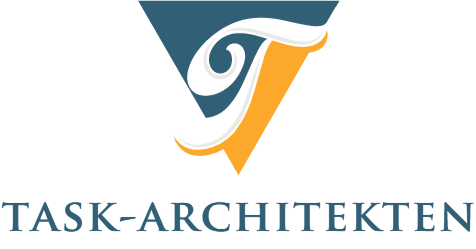Introduction
Industrial lighting is an essential aspect of manufacturing, construction, and other industrial environments. Proper light levels can improve productivity, reduce errors, and enhance the safety of workspaces. Modern technologies such as LEDs and smart lighting offer new possibilities for energy-efficient and cost-effective industrial lighting solutions. This article will explore the benefits and best practices of industrial lighting, as well as the latest trends and developments in this field.
Benefits of Industrial Lighting
The benefits of industrial lighting go far beyond basic visibility. Proper lighting levels can help workers stay alert and focused, leading to increased productivity and fewer errors or accidents. In addition, well-designed lighting can enhance the accuracy of color and detail-based tasks, such as quality control inspections or machine assembly. Good lighting can also reduce eye strain and fatigue, which can cause headaches, blurred vision, and other health problems.
Efficiency and Cost Savings
Industrial lighting can also offer significant energy savings and cost reductions. The adoption of energy-efficient lighting technologies such as LED and smart lighting can result in substantial reductions in electricity consumption, lower maintenance costs, and longer lifetimes. In addition, advanced lighting control systems can adapt to changing lighting needs, ensuring that lights are only on when and where they are needed. These optimizations can result in cost savings, enhanced sustainability, and compliance with energy regulations.
Best Practices for Industrial Lighting
The design and implementation of industrial lighting should follow specific best practices to realize the full range of benefits. Some key considerations include:
Light Levels and Quality
Proper light levels are essential to ensure that workspaces are well-lit and that potential hazards are visible. Recommended lighting levels vary depending on the task, with higher illumination required for detail-oriented work than for general activities. Another consideration is the quality of light, which can affect color accuracy, contrast, and glare. Color temperature can also influence worker comfort and visual acuity.
Location and Type of Fixtures
The location and type of fixtures should be strategically positioned to avoid shadows, glare, and uneven light distribution. Fixtures should also be suitable for the environment, considering factors such as moisture, heat, and hazardous materials. Choosing the right fixture type, whether it is an LED high bay light or a fluorescent strip light, is essential to ensuring optimal performance and durability.
Lighting Control Systems
Lighting control systems can significantly enhance energy savings and flexibility by providing automatic on/off, dimming, and scheduling of lights. These systems can be integrated with occupancy sensors or daylight harvesting to ensure that lights are only on when needed. In addition, advanced controls can customize lighting environments based on the time of day or activities occurring in different zones.
Latest Trends and Developments
The industrial lighting market is continually evolving, with new technologies and innovations emerging regularly. One of the most significant changes is the shift towards LED lighting, which offers high energy efficiency, long lifetimes, and low heat emission. LED lighting can also be customized to suit specific tasks or workspaces, with features like color tuning or beam control. Smart lighting is another trend, using sensors and IoT technology to provide remote control, data analytics, and automation of lighting systems.

The Beauty of Illumination: Exploring the Elegance and Functionality of Dome Lampshades
Introduction A lampshade is often an overlooked accessory in home decor, but it can make a significant impact on the overall look and functionality of a room. A dome lampshade is a timeless design that can add both elegance and practicality to any living space. In this article, we will explore the beauty and functionality […]